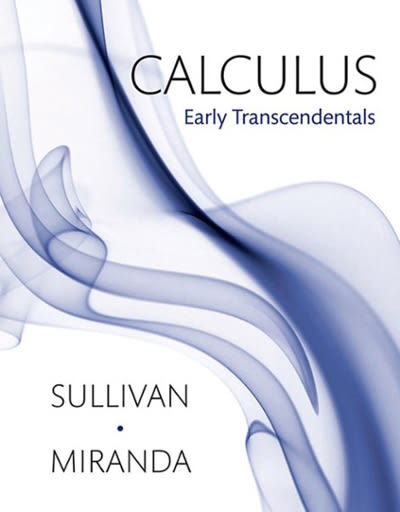Question
1. Use the following randomized controlled trial ( RCT) to answer the questions below. Kiper, P., Szczudlik, A., Agostini, M., Opara, J., Nowobilski, R., Ventura,
1. Use the following randomized controlled trial (RCT) to answer the questions below.
Kiper, P., Szczudlik, A., Agostini, M., Opara, J., Nowobilski, R., Ventura, L., Tonin, P., & Turolla, A. (2018).Virtual reality for upper limb rehabilitation in subacute and chronic stroke: A randomized controlled trial. Archives of Physical Medicine and Rehabilitation, 99, 834-842.
Look at Table 1 - Demographics and clinical characteristics of patients at baseling on p. 838. This table uses statistics to determine if the treatment and control groups are similar at study start. The far-right column has p values. This is when you do notwant significant p values (i.e. p .05). You want the groups to be similar at baseline.
- Were participants randomly selected, randomly assigned, or both?
- What did persons in the control group receive? How many were in this group?
- What did persons in the intervention group receive? How many were in this group?
- What was one primary outcome? How was it measured?
- In your own words, what did this study find?
Step by Step Solution
There are 3 Steps involved in it
Step: 1

Get Instant Access to Expert-Tailored Solutions
See step-by-step solutions with expert insights and AI powered tools for academic success
Step: 2

Step: 3

Ace Your Homework with AI
Get the answers you need in no time with our AI-driven, step-by-step assistance
Get Started


